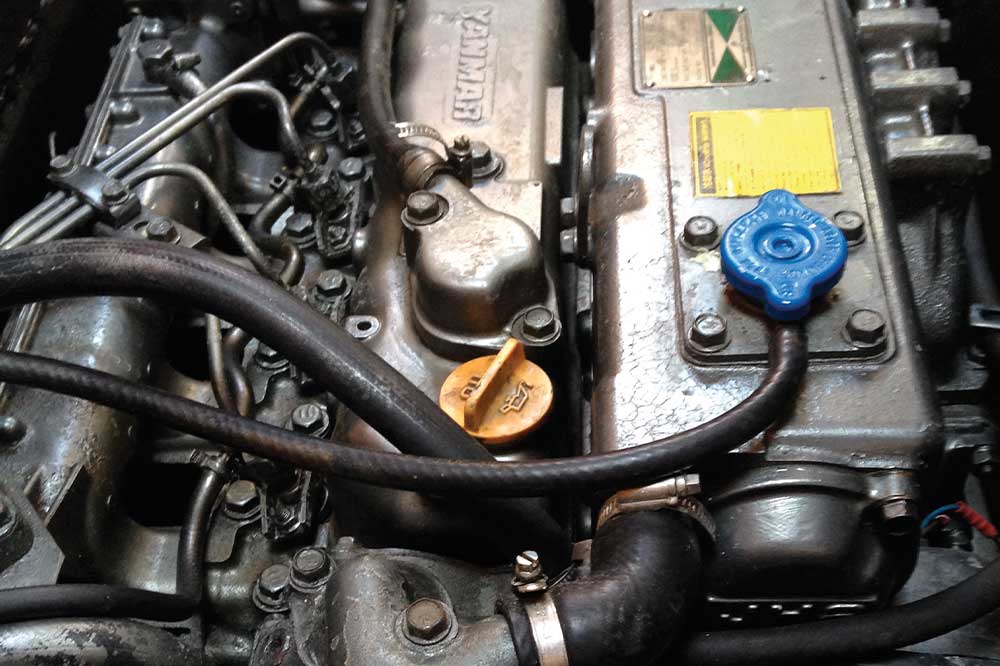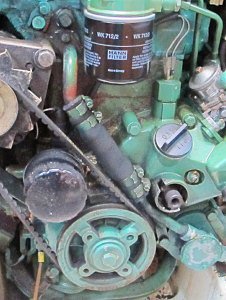Boat engine checklist
Engine oil level check
Even if you have checked it previously, confirming the engine oil level is up to scratch will give you peace of mind on a passage.
Cooling water check
It is the same with the cooling water in the engine. Check the water level before you start up the engine.
Spare oil on board
Carrying some spare oil for the engine is a wise precaution just in case a leak develops.
Fuel filter check
If your primary fuel filter has a glass bowl then a quick check to confirm that there is no water or dirt in the bowl will give you peace of mind on the passage.
Sea water intake filter check
Most water intakes have a clear top so you can check that there is no debris or seaweed inside that might block the filter.
Seacocks open
You will often close the seacocks when in harbor so make sure that they have been opened before you start the main engine and check that all other necessary seacocks are also open.
Loose equipment stowed and secured
The last thing you want in the engine room and steering compartment is any loose equipment or tools wandering around when the boat starts moving in a seaway, so check that everything is secure.
Battery and electrical switches
The battery switches should all be open before going to sea and check that switches with multiple choices are set to the right position.
Check the belt drive for the water pumps and the alternator
A quick feel of the amount of slack in the drive belts will confirm that they will work correctly, thus reducing the chance of slipping or breakage when out at sea.
Stern gland
This may be of the type that needs greasing at regular intervals so make sure the greaser is full and screw it down a turn or two.
From the new app for iPhone & Android:
Dag Pike’s Boating Checklists
About the author:
Dag Pike began his career as a merchant captain, went on to test lifeboats, and took up fast boat navigation, winning a string of trophies for powerboat races around the world, including navigating Richard Branson’s Virgin Atlantic Challenger on the record-breaking fastest Atlantic crossing by powerboat.










